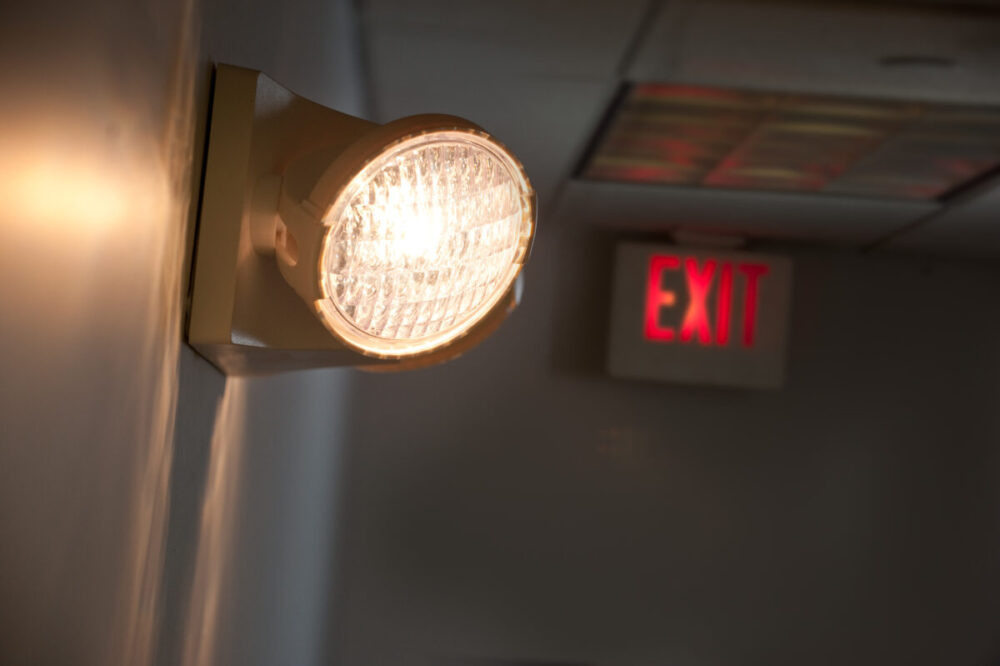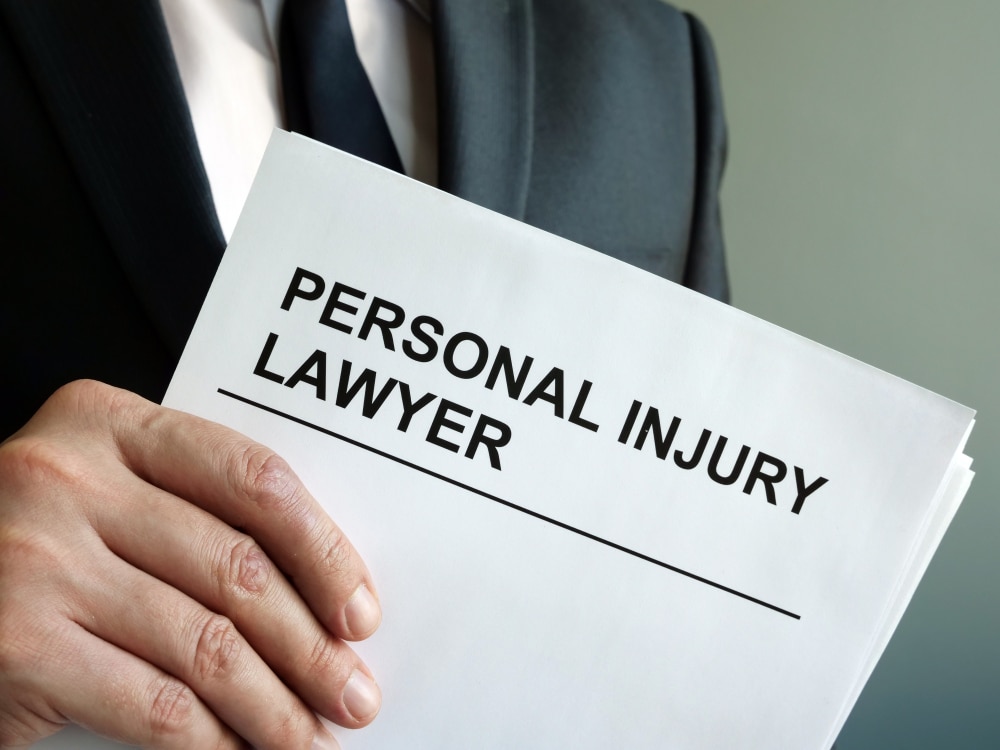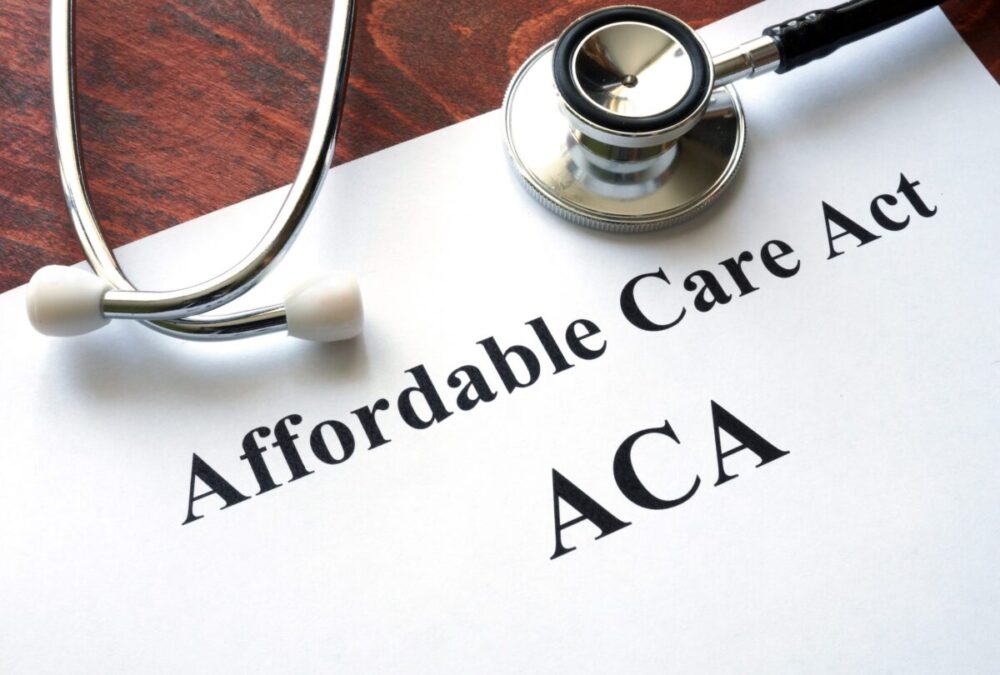No one can predict what the day will bring you, how it will turn out to be, or when there will be a natural disaster that will take out the lights. Being prepared for such situations is the only sensible option and way out. Making plans for yourself and the people you interact with daily is key. It is well said that if you fail to plan well in advance, you plan to fail. One such planning measure to consider would be the emergency lighting system.
Emergency lighting services and systems, as the name suggests, are a way to automatically illuminate the place when hit by a natural disaster, such as a massive rainstorm that was violent enough to take the electricity out. There are many types of lighting solutions available that are covered under this umbrella terminology. You should consider getting an Emergency Light Testing if you are planning to install one of these systems in your building.
It has become a common question whether emergency lighting is a legal requirement in the UK. If you live in the UK or are an enthusiastic person who would like to know more about the laws and regulations of the Kingdom, then you have stumbled on the right page, as the following article would deal with the same:
Is It A Legal Requirement?
Yes, if you are the owner of a residential building, a hospital or a workplace, etc. then it is legally required for you to invest in some emergency lighting services. There are many codes of compliance and acts which were enacted and passed by the British Parliament over the years to ensure the illumination of all safe passages and escape routes. These include the codes of 1985, 1990, and 1991 of luminaries of various places.
1. The Luminaries Code Of 1985
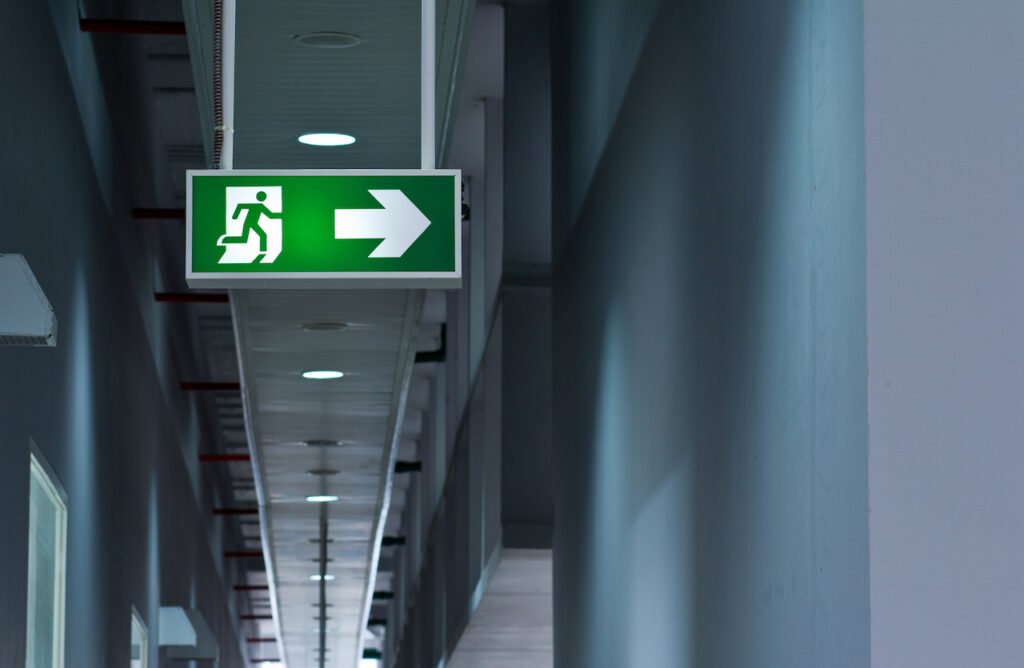
This code is for the shops and areas with shopping complexes and was put in to ensure the safe removal of shoppers and shopkeepers alike in times of need. The code simply states that “sufficient artificial lighting should be delivered in all escape and pullback routes and should be of a satisfactory standard norm to enable persons to escape.”
Moreover, the code also puts in the effort to mention in detail where and how these automatic lights are placed to ensure smooth movements of individuals.
These include all the windowless and underground accommodations for shoppers, every stairwell and staircase in its central core, which does not receive natural illumination, internal corridors which are longer than 30 meters, etc.
2. The Luminaries Code Of 1990 And 1991
The 1990 code was enacted to give residential buildings the same necessities as the shopping complexes. The code has similar views and statements, thus making it compulsory for buildings to have a proper and working emergency lighting system, which would turn on automatically during building fires and other issues.
The 1991 code was put into force for all the places of assembly, meaning places like theaters and ballrooms, hotels and hospitals, schools and universities, etc. Again, this code also has a similar purpose and serves the protection of the inhabitants and visitors alike.
And all escape lighting should concede with the proper guidelines of BS 5266: Part 1.
3. The Regulatory Reform Order 2005
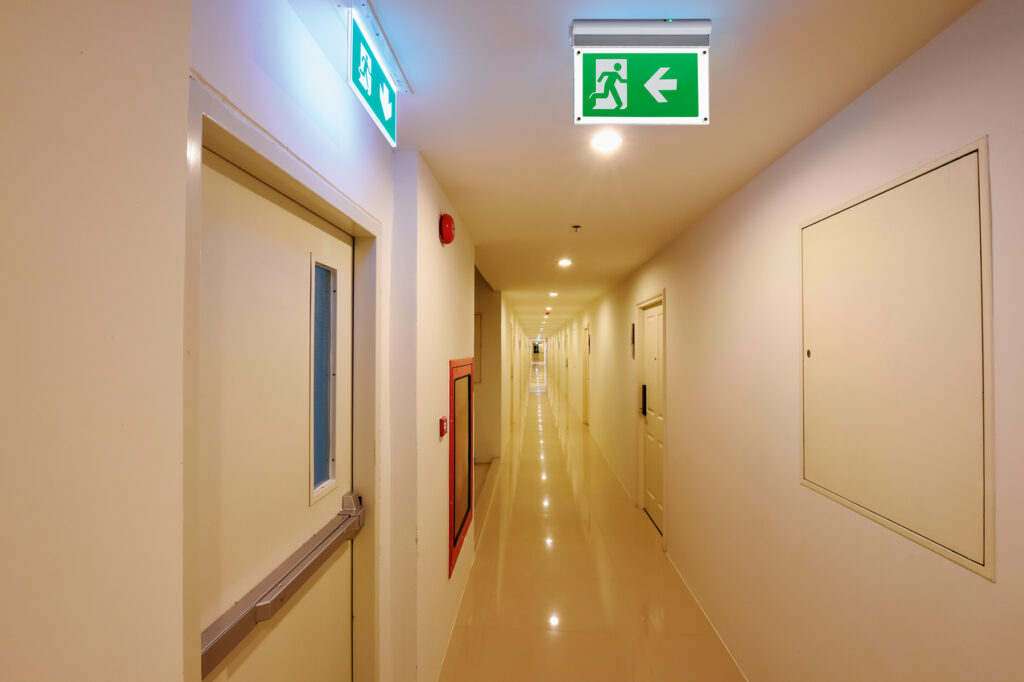
It is mentioned under this order that the installation of emergency lighting and maintenance of them is the responsibility of the owner of the premises. You must get a professional team to inspect your building and then guide you with the further necessary steps to make your building and its occupants safe during a power breakout. It is, therefore, quite clearly, perceptible that it is a legal prerequisite to have this safety measure installed at your homes and other premises.
Types Of Emergency Lighting Systems:
There are majorly 4 types of emergency lighting systems that should be placed in your building, depending upon the needs and requirements of the same. These are:
Standby Lighting
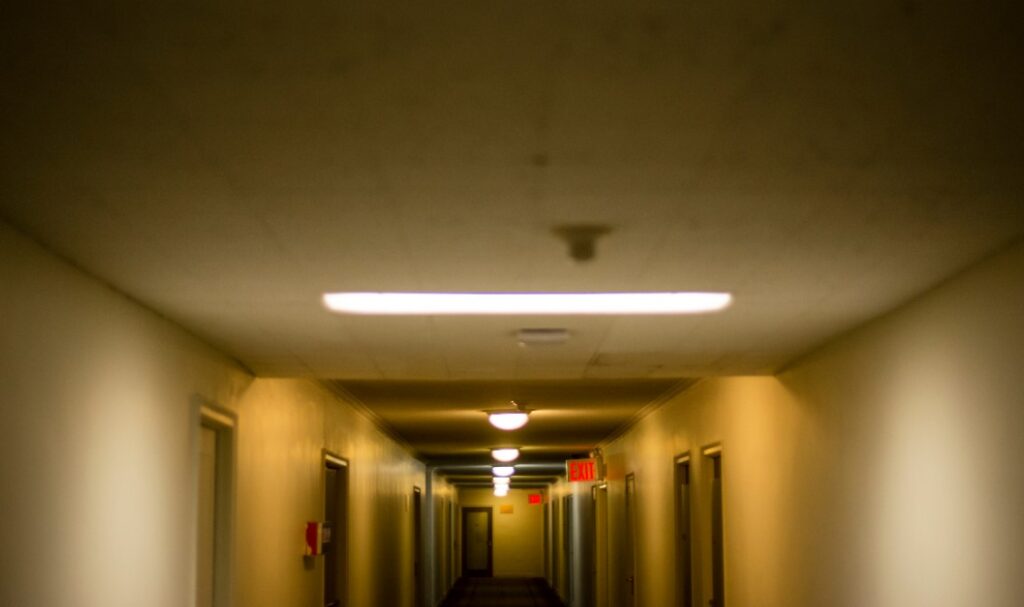
As the name suggests, these are the lights that would be the first to turn on in cases of power downs. Though these are not necessarily mandatory to install, they play an important role in making sure that everyone stays calm during times of distress. These are turned on automatically, just like any ideal lighting service, are diesel operated, and should stay on until the main lights come back on.
Escape Route Lighting
The UK laws have made it clear and mandatory for every building and premises to have a well-lit escape route that would be used when needed. This is the responsibility of the owners and occupants of the building to keep these routes clear of any sort of interruption for a smooth passage. Escape route lighting becomes essential in this scenario. These should not be any less than 1 lux level of luminosity.
Anti Panic Lights
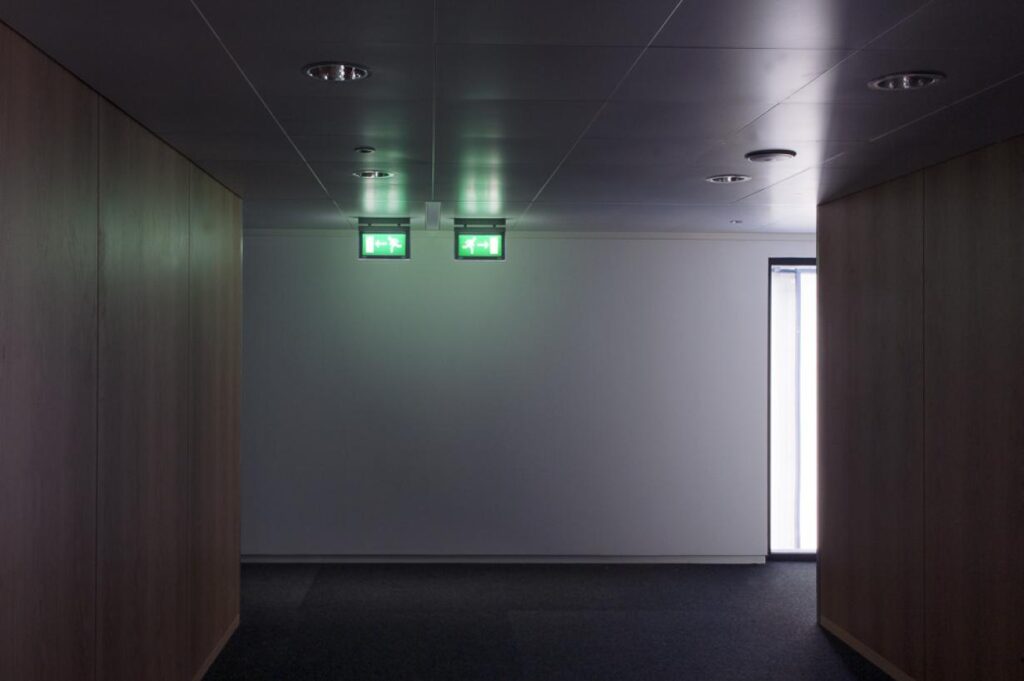
These dimmer lights (around 0.5 lux luminous) are placed in open spaces such as corridors and common rooms to ensure that no one panics when the lights go out. Moreover, these too are helping to provide a smooth passage out of the building by illuminating the way. They are also known as open-space lights as they are usually placed in similar places.
High-Risk Area Lighting
These are placed in areas of higher risk, such as factories and industries, where workers are working with tools and machinery operated by electricity. This lighting solution enables them to turn off the machines and put them down safely, thereby reducing the chances of any sort of accidents caused by darkness, and also illuminates their way out.
Conclusion:
Even though emergency lighting services are a prerequisite by the law, it is the moral duty of everyone as humans to ensure the safe and secure movement of the public during times of need. These should be checked regularly to ensure their proper working conditions. Moreover, it becomes the responsibility of the occupants of the premises to let the owners know if these are not working.

